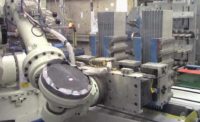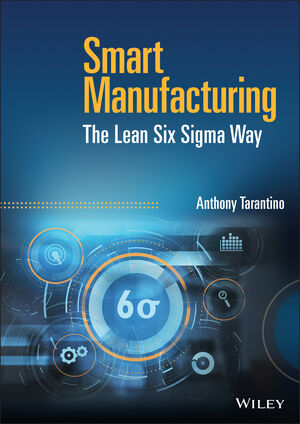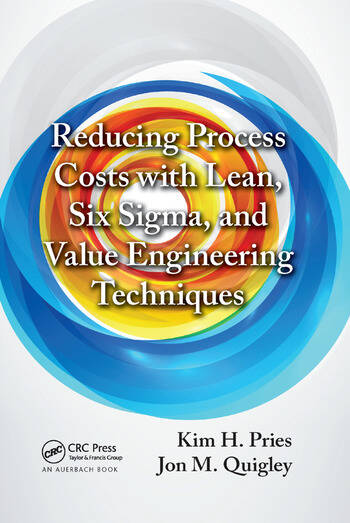Recent sales figures are confirming a trend that first became evident toward the end of 2005: namely, that companies outside the automotive industry are accounting for an increasing number of industrial robot sales.
Part of this is due to weakness in the automotive sector. But, there's no doubt that robot use is expanding. In the first half of 2006, nonautomotive orders represented 45 percent of all orders in the United States, up dramatically from the first half of 2005 when nonautomotive orders accounted for just 29 percent of the total.
"The long-term success of the robotics industry depends upon growth in nonautomotive markets," says Robotic Industries Association Executive Vice President, Donald Vincent. And he's right. Recent sales activity may reflect the beginning of a new era in robotics-one in which industrial robots truly break out from their automotive roots and become a fact of life across the industrial landscape.
Nowhere is this more apparent that in the area of five- and six-axis robots. Historically, these have been large, expensive, technologically intimidating creatures of the automotive industry, often spot welding car bodies in a shower of sparks.
But, five- and six-axis robots are now being used in a range of industries to perform tasks such as parts feeding and smaller-scale welding. In recent years, the price of six-axis machines-like that of SCARAs and Cartesian robots-has come down dramatically. Equally important, the programming software has become more intuitive and user-friendly. Today, creating a program requires a fraction of the time that it did in the past, making it an option for smaller shops that wouldn't have dreamed of using robots in the past.
A case in point is the eCell, a dual, fixed-table robotic welding cell from Lincoln Electric Co. (Cleveland). The system is affordable enough that it is finding uses in smaller shops that would never have considered using a robot in the past. It is easy enough to program that a 3-day training session is all that's needed before a manufacturer is on his way.
Similarly, contact lens manufacturer Benz Research and Development (Sarasota, FL) uses a number of six-axis machines to load blanks into its automated production cells. The robots are trouble-free and easily adapted to product changes and variable production runs.
Ultimately, the great advantage of five- and six-axis machines is their ability to simulate manual assembly. Unlike Cartesian robots, which have a rectilinear work envelope, or SCARAs, which have a cylindrical work envelope, five- and six-axis robots have a spherical work envelope. A six-axis robot, for example, can reach above, below, around and behind itself. Its wrist can rotate a part or turn it on an angle.
SCARA and Cartesian robots work fine if everything is horizontal or vertical. But, a five- or six-axis robot can approach a workpiece from any angle. This makes them ideal for applications that require complex motions, such as welding, grinding, degating, dispensing, machine tending and picking randomly oriented parts from a bin.
Like SCARA robots, five- and six-axis robots have a small footprint. They can also be mounted to the floor, a table, a wall or the ceiling. A six-axis robot can even be mounted to a linear actuator on the floor or ceiling to provide an extra axis of motion.
In the past, five- or six-axis machines were not as precise as their SCARA or Cartesian cousins. Nor were they as fast. But, that is quickly changing. Smaller six-axis machines now provide repeatability up to ±0.02 millimeter and cycle times of less than a second. Although they have more axes of motion than SCARAs or Cartesians, six-axis robots are no less durable, providing tens of thousands of hours of service.
This is not to say the end is near for SCARAs and Cartesians. Five- and six-axis machines are still more expensive and not quite as fast in high-throughput environments. Nonetheless, as industrial robots continue to make inroads into the world of general manufacturing, their flexibility, affordability and user-friendliness will play a vital role in opening the door to new, innovative uses.







